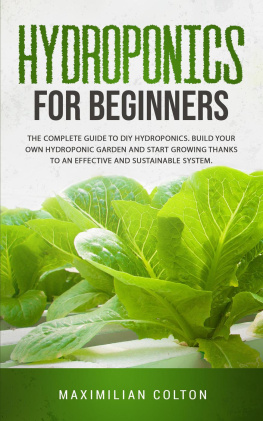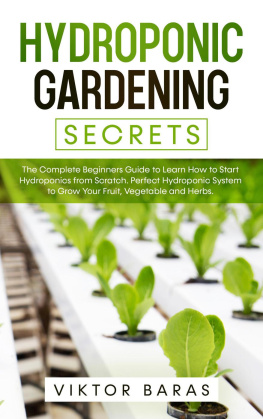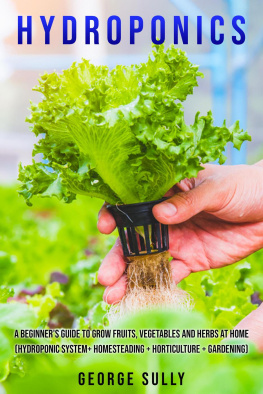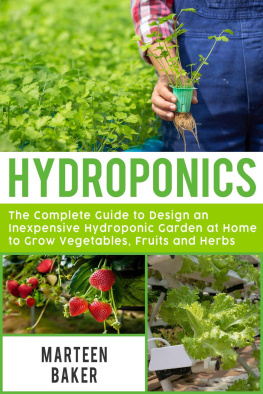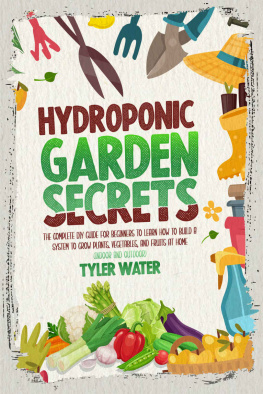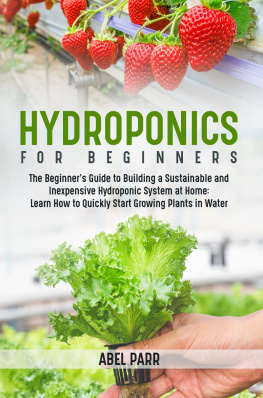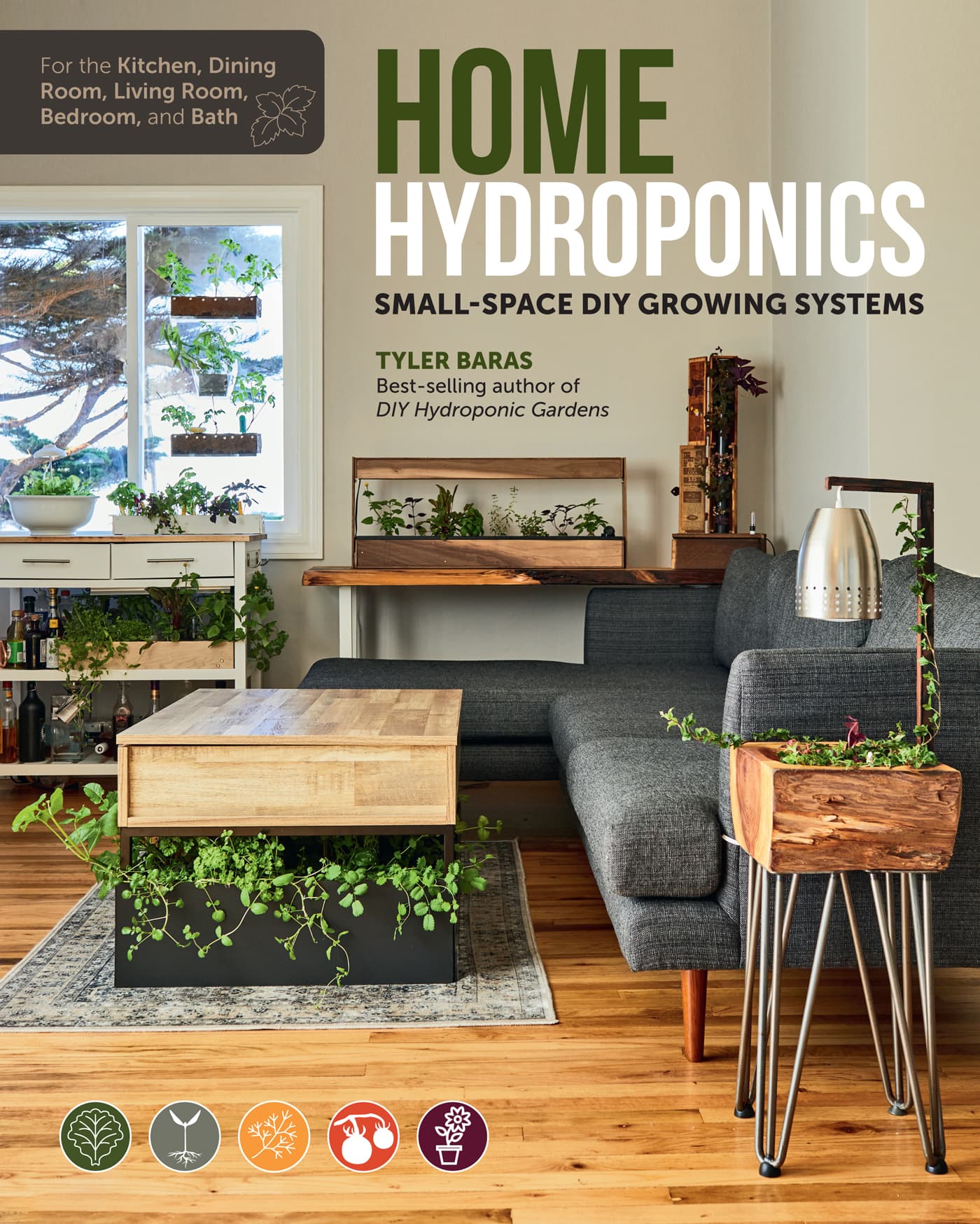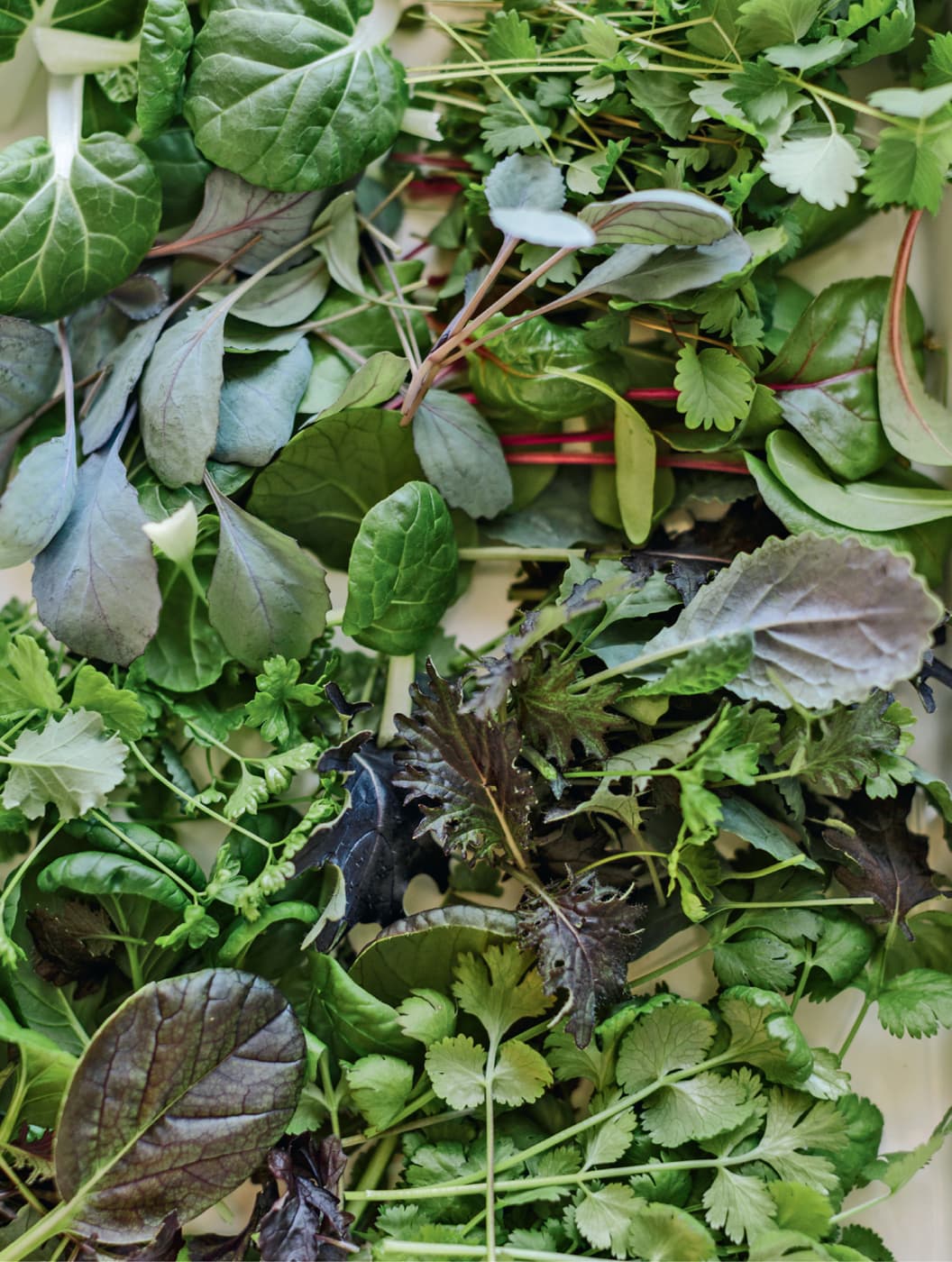Contents
Page List
Guide
Cover
Copyright

2021 Quarto Publishing Group USA Inc.
Text 2021 Tyler Baras
First Published in 2021 by Cool Springs Press, an imprint of The Quarto Group, 100 Cummings Center, Suite 265-D, Beverly, MA 01915, USA.
T (978) 282-9590 F (978) 283-2742 QuartoKnows.com
All rights reserved. No part of this book may be reproduced in any form without written permission of the copyright owners. All images in this book have been reproduced with the knowledge and prior consent of the artists concerned, and no responsibility is accepted by producer, publisher, or printer for any infringement of copyright or otherwise, arising from the contents of this publication. Every effort has been made to ensure that credits accurately comply with information supplied. We apologize for any inaccuracies that may have occurred and will resolve inaccurate or missing information in a subsequent reprinting of the book.
Cool Springs Press titles are also available at discount for retail, wholesale, promotional, and bulk purchase. For details, contact the Special Sales Manager by email at or by mail at The Quarto Group, Attn: Special Sales Manager, 100 Cummings Center, Suite 265-D, Beverly, MA 01915, USA.
25 24 23 22 21 1 2 3 4 5
ISBN: 978-0-7603-7038-4
Digital ISBN: 978-0-7603-7039-1
Digital edition published in 2021
Library of Congress Cataloging-in-Publication Data available.
Design: John Hall Design Group, Beverly, MA
Cover Image: Colleen Eversman of 2nd Truth Photography
Photography: Colleen Eversman of 2nd Truth Photography; except
For the Kitchen, Dining Room, Living Room, Bedroom, and Bath
HOME
HYDROPONICS
SMALL-SPACE DIY GROWING SYSTEMS
TYLER BARAS
Best-selling author of DIY Hydroponic Gardens
CONTENTS
INTRODUCTION
MOST HYDROPONIC GARDENS are large contraptions with a maze of PVC pipes and lots of shiny plastic surfaces. My previous book, DIY Hydroponic Gardens, includes many designs that fit that description well. These traditional hydroponic garden designs prioritize functionality over aesthetics. In this book I approach the design process with the goal of creating functional artwork, sacrificing neither functionality nor aesthetics of a hydroponic garden.
After living in a very small recreational vehicle (RV) for many years, I grew to despise clutter and began to prioritize owning items that serve many purposes. A home hydroponic garden should not be clutter that solely grows plants: a home hydroponic garden should look great, smell great, grow plants and be a unique expression of you and your life! Some of the gardens in this book are made from vintage whiskey boxes and redwood planks salvaged from a 150-year-old grain silo on a farm near my home. There are so many ways to incorporate unique items into a garden design to create a functional piece of artwork with a story youll love to share.
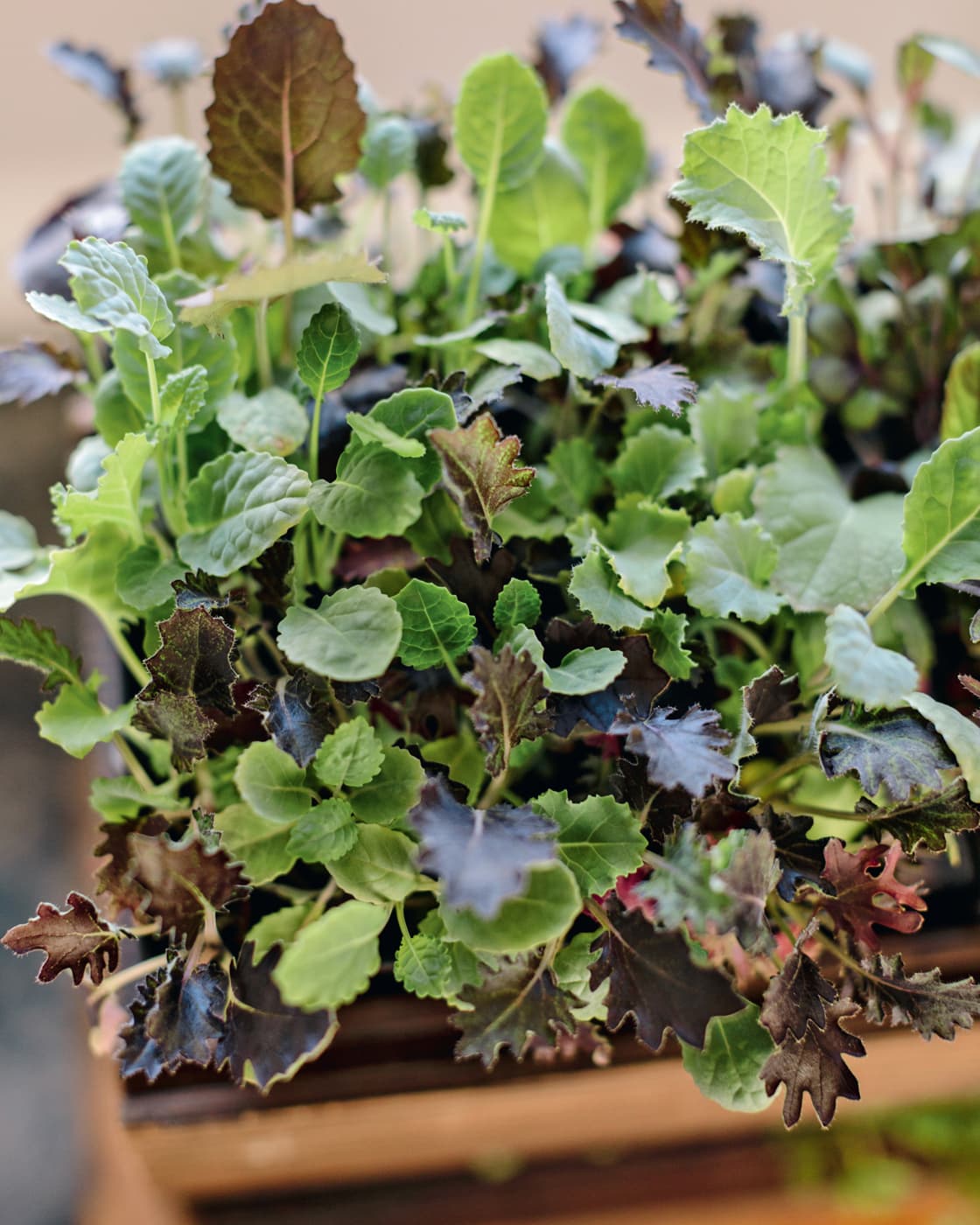
In the then shares all the practical details of growing effectively and efficiently. Youll get the low-down on system operation components, including how to start your plants, fertilize, clean your system, and troubleshoot issues should any arise. Throughout this book, youll also find URLs to pages on my website where youll be able to find more information about various aspects of hydroponic growing. Home Hydroponics has everything you need to build aesthetically pleasing hydroponic gardens to help feed you and your family year-round.
If feel inspired to share your projects, please send me photos of your completed home hydroponic garden. Gardening can sometimes feel like a solitary activity but sharing your garden, building a group of fellow plant enthusiasts and learning from others can allow you to get so much more enjoyment out of gardening!
CONNECT WITH FARMER TYLER:
www.FarmerTyler.com
www.youtube.com/TheFarmerTyler
www.facebook.com/TheFarmerTyler
www.instagram.com/TheFarmerTyler
www.twitter.com/TheFarmerTyler
SECTION 1
CONSIDERATIONS FOR SELECTING A GARDEN DESIGN
HYDROPONIC OR TRADITIONAL GARDEN?
ILL START WITH THIS: no matter how excited you are to learn how to grow hydroponically, a hydroponic garden may not always be the best option. A traditional, soil-based garden has many benefits and may be better suited for your indoor garden. It is important to consider the pros and cons of both methods. Many of the systems in this book can be modified to use a soil-based potting mix and operate like a traditional garden. A note on the feasibility of a soil option is provided with each of the building plans found in . Lets look at some of the factors you should consider before diving into building your first hydroponic garden.
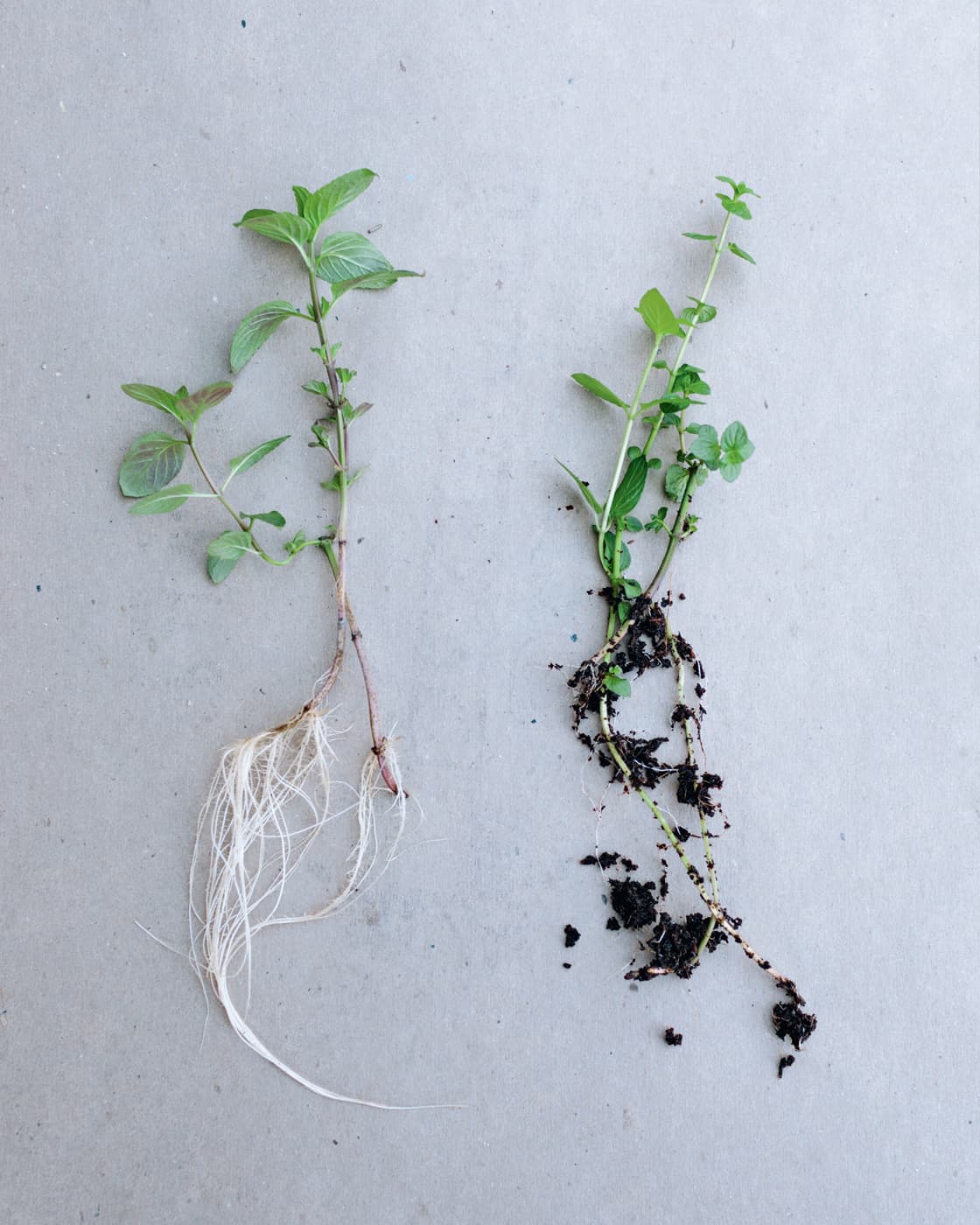
AESTHETICS
If a garden is going to be placed in a very visible location it should be subjected to the same stylistic scrutiny that would be applied to any piece of furniture or appliance in a home. I generally think of hydroponic gardens as having a modern, clean look while traditional gardens have a classic, comforting feel. These traits obviously depend on the specific design and personal opinion, but it is important to think if the indoor space already has a decorative theme that would mesh well with a hydroponic or traditional garden.
COST
The startup and maintenance costs of most hydroponic systems are higher than a similarly sized traditional garden. There are some hydroponic system designs that are inexpensive, several of which are highlighted in , but the advanced hydroponic garden designs with powerful grow lights and pumps are generally more expensive to build and operate.
FORM FACTOR
It is possible to get very creative with the designs of both hydroponic and traditional gardens. Wall gardens, cascading channels of plants, Ferris wheels... there are so many ways to grow a plant, but some system form factors favor either a hydroponic or traditional soil-based garden. A tower garden (see the ) can be hydroponic or soil-based, but system operation is significantly easier and cleaner using a hydroponic design.


